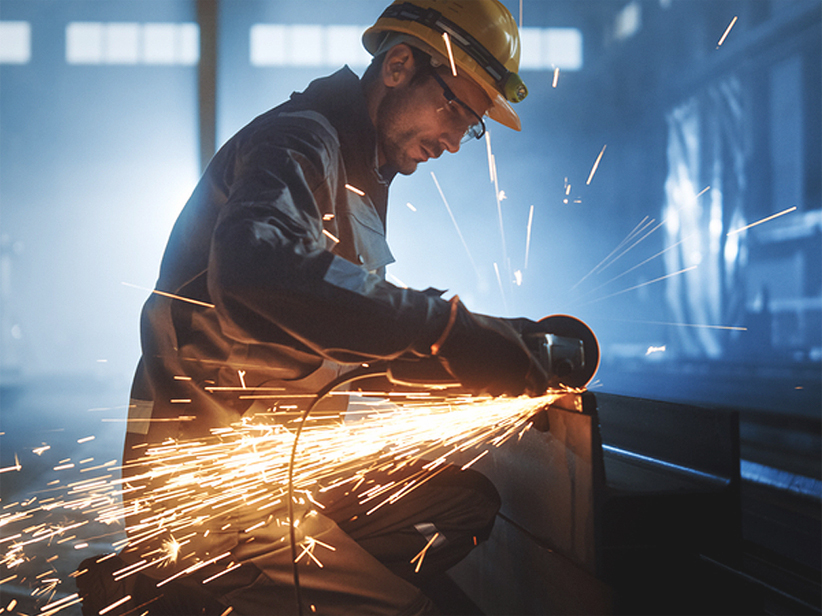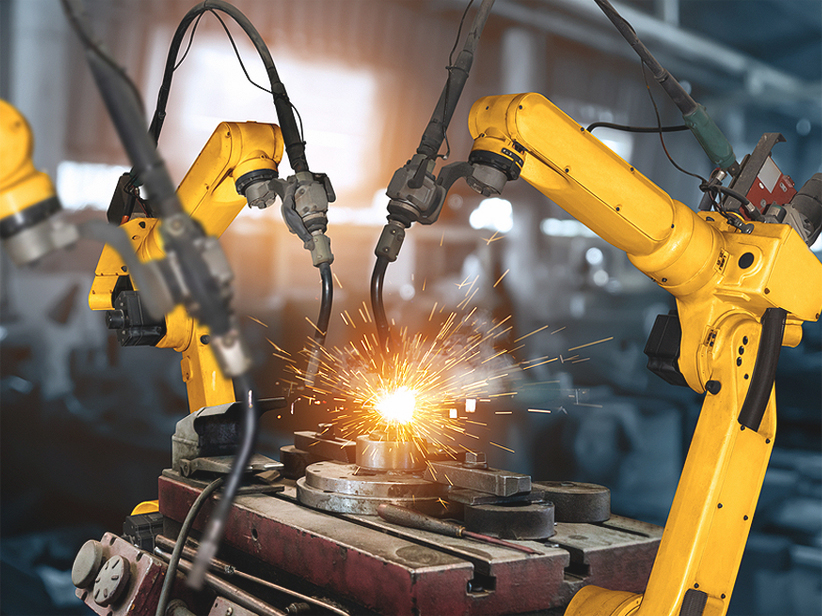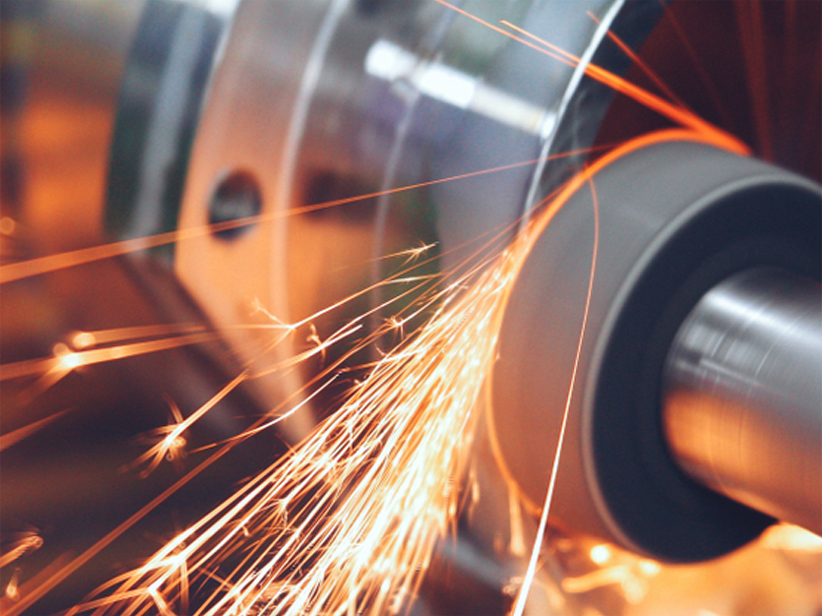Stainless Steel - Grade 825/2.4858
Description
Stainless Steel Grade 825/2.4858, also known as Alloy 825 or UNS N08825, is a nickel-iron-chromium alloy with additions of molybdenum, copper, and titanium. This alloy is known for its excellent resistance to both reducing and oxidizing acids, stress-corrosion cracking, and localized attack such as pitting and crevice corrosion. The addition of titanium stabilizes the alloy against sensitization during welding, thereby preserving its corrosion resistance. It is particularly well-suited for use in harsh environments found in chemical processing, oil and gas, and pollution control industries.
Chemical Composition
- Nickel (Ni):38.0 - 46.0%
- Chromium (Cr): 19.5 - 23.5%
- Iron (Fe): 22.0 min (balance)
- Molybdenum (Mo): 2.5 - 3.5%
- Copper (Cu): 1.5 - 3.0%
- Manganese (Mn): ≤ 1.0%
- Titanium (Ti):0.6 - 1.2%
- Carbon (C): ≤ 0.05%
- Silicon (Si): ≤ 0.5%
- Sulfur (S): ≤ 0.03%
- Phosphorus (P): ≤ 0.03%
- Aluminum (Al): ≤ 0.2%
Mechanical Properties
- Tensile Strength: 585 MPa (85 ksi) min
- Yield Strength (0.2% offset): 275 MPa (40 ksi) min
- Elongation: 30% min
- Hardness: 150 HBW max
Thermal & Physical Properties
- Density: 8.14 g/cm³ (0.294 lb/in³)
- Melting Range: 1350 - 1400°C (2460 - 2550°F)
- Thermal Conductivity: 11.0 W/m•K (at 20°C)
- Coefficient of Thermal Expansion: 14.1 µm/m•K (20-100°C)
- Specific Heat: 427 J/kg•K (at 20°C)
- Electrical Resistivity:1.08 µΩ•m (at 20°C)
Other Designations
- DIN:2.4858
- UNS: N08825
- ASTM : B425
- EN: 2.4858
- ISO: 18274
Fabrication and Heat Treatment
- Forming: Alloy 825/ 2.4858 is easily cold-worked and hot-formed. Cold working will increase strength and hardness but reduce ductility.
- Welding: Can be welded using standard welding techniques. The alloy should be welded in the annealed condition and may require post-weld heat treatment.
- Annealing: Annealing is typically carried out at 940-980°C (1725-1800°F), followed by rapid cooling. This process helps restore corrosion resistance and relieve stresses induced by welding or cold working.
- Machining: Alloy 825 is relatively easy to machine, but tooling must be designed to minimize work hardening.
Applications
- Chemical Processing: Equipment handling sulfuric and phosphoric acids, heat exchangers, mixing tanks, and pickling equipment.
- Oil & Gas: Tubing, valves, and pumps used in sour gas environments, offshore platforms, and oil refinery components.
- Pollution Control: Scrubbers, stack liners, and other components in flue-gas desulfurization systems.
- Nuclear Fuel Reprocessing: Heat exchangers, evaporators, and piping.
- Marine Engineering: Components exposed to seawater, such as propeller shafts and heat exchangers.
Supplied Forms
- Bars
- Fitting
- Wires
Features
- Excellent Corrosion Resistance: Resistant to a wide range of corrosive environments, including sulfuric acid, phosphoric acid, and seawater.
- High Strength: Maintains mechanical integrity under extreme conditions.
- Good Weldability: Can be easily welded and is resistant to post-weld cracking.
- Thermal Stability: Maintains strength and corrosion resistance even at elevated temperatures.
- Long Service Life: Durability in harsh environments extends the service life of components made from Alloy 825.






